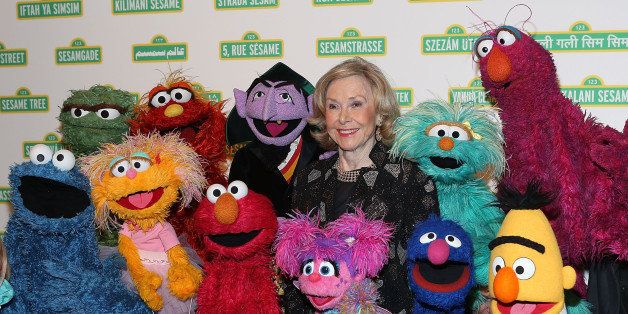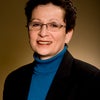
I had the pleasure last week of hearing Lesley Stahl interview the woman who changed how we educate preschool children -- the woman who was responsible for Sesame Street. The interview took place in New York City and caused me to think about other women with firsts who were associated with New York City. Match the woman with her achievement: (answers at the end):
____ 1. The first African-American woman elected to the U.S. Congress.
____ 2. The first woman to own a seat on the New York Stock Exchange.
____ 3. She founded the Children's Television Workshop, which developed the first preschool program integrating education and entertainment with a multicultural cast.
____ 4. This well-known and beloved opera singer was the first performing artist to serve on the board of the Lincoln Center for the Performing Arts.
A. Muriel Siebert
B. Joan Ganz Cooney
C. Shirley Chisholm
D. Beverly Sills
Born and raised in Brooklyn, Beverly Sills made her professional debut on the radio at age 3 as Bubbles Silverman (1932). An operatic soprano, Sills is crediting with making opera accessible and understandable to the masses. She introduced the use of subtitles for foreign language operas so that American audiences could understand the lyrics. Opera houses all over the world adopted this practice. When she became head of the Lincoln Center for the Performing Arts in 1993, after years as the general director of the New York City Opera, she made history in many ways. Sills was the first performing artist in that position, the first woman and the first former director of an arts company. A thrilling performer in her own right, who was featured on the cover of Time magazine, Sills brought opera to America and the world. She received the Presidential Medal of Freedom and has been inducted into the National Women's Hall of Fame.
Born in Brooklyn, Shirley Chisholm received her early education in Barbados, where she lived with her grandmother. She returned to the U.S. to complete her schooling in Brooklyn. When Chisholm was elected to Congress from New York's 12th District in 1968, she became the first African-American woman elected to the U.S. Congress. There she advocated for improved access to education and unemployment and other programs that would reduce unemployment and help her inner city constituents. Her first book, published in 1970, was titled Unbossed and Unbought. She received 151 delegate votes in her run for the presidency in 1972. Among her many honors, Chisholm has been inducted into the National Women's Hall of Fame and is featured on a U.S. postage stamp.
When Joan Ganz Cooney decided to start the Children's Television Workshop, she was told that she could be the deputy, but that a man should be in charge. Her response was that if a man were in charge, she would not be involved. Today, Sesame Street has run for over 40 years, reaches hundreds of millions of children in over 100 countries and has won more than 60 Emmys. Sesame Street was the first preschool program to integrate education and entertainment and featured a multicultural cast. Cooney arrived in New York City in 1954 and has worked in the television industry throughout her long and stellar career. Today, she continues her efforts to educate underserved children through the Joan Ganz Cooney Center. Cooney received the Presidential Medal of Freedom for her contributions to educational television and has been inducted into the National Women's Hall of Fame.
When Muriel Siebert arrived in New York City in 1954, she said she had "$500, a Studebaker and a dream." Siebert, dubbed "The First Woman of Finance" was the first woman to own a seat was on the New York Stock Exchange (1967). A National Women's Hall of Fame inductee, Siebert said "Know the more that you succeed, the more you will be challenged. Many think that the biggest battle I had to fight was to buy my seat on the New York Stock Exchange. Yes, that was a battle, but that only got me into the game." Siebert was the sole woman with a seat for almost 10 years. She donated money to help other women start businesses in the financial services and cautioned that women still had many battles to fight in the industry. In addition, she fought for equal access to the clubs in New York City where much business got done and which openly discriminated against women.
Learn about more she-roes and celebrate amazing women. These exceptional women associated with the Big Apple are among the more than 850 women profiled in the book Her Story: A Timeline of the Women Who Changed America. We salute their outstanding accomplishments and are proud to stand on their shoulders.
(answers: 1-C, 2-A, 3-B, 4-D)
